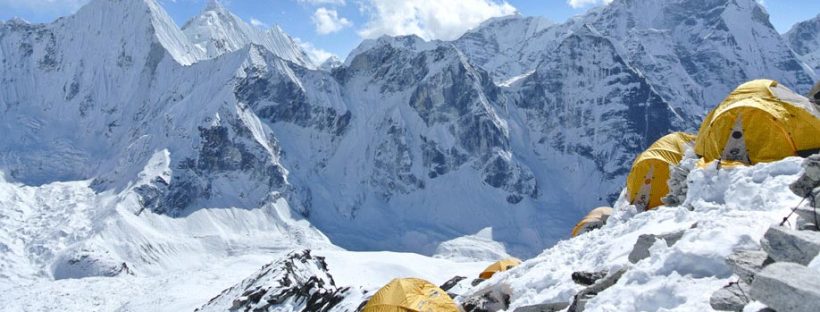There are hundreds of camping tents out there to buy. While camping in the woods might work with most tents, the same cannot be said when camping in the mountains. Here, you need the best climbing tent must be lightweight and easy to carry. Remember, you will have to carry your tent with you through the tiring climbs. However, if you need to camp on the roadside, then you can carry a bigger and heavy tent.
Things to Consider When Choosing Climbing Tent
Choosing the ideal climbing tent requires a keen consideration of several factors. Below, we discuss some of the important considerations when choosing a climbing tent. They include the following:
Weight
The weight of the climbing tent is a crucial consideration to make. This is the case, especially when choosing a backpacking tent. Since you will carry the tent on your back most of the time, it needs to be lightweight and compact. Climbing steep rocks with a heavy tent on your back is never ideal. Make sure you consider your needs and choose the lightest tent possible.
Most climbers tend to overestimate the needs and end up carrying heavy tents for no reason. Be real and honest with your needs. Does the tent weight include the straps, stakes and guy lines? Tent companies have different ways of measuring weight. Make sure you consider this and choose appropriately.
Dimensions
The tent dimensions are quite important when choosing a climbing tent. Again, there is no one-size-fits-all tent size. You need to consider your primary objectively and choose a tent size accordingly. If you mainly car camp, then consider getting a bigger size tent. For mountaineers, a narrow platform tent designed is the best. This one can easily set up on slopes and ridges with ease.
The tent dimension usually comes down to your camping area and how you get there. Besides, you also need to check the head clearance with your height. While short tents do better in whistling alpine winds, they might not be comfortable for tall persons. You need a tent that allows you to sit properly without bending.
Tent seasonality
Tents are designed for use in different seasons of the year. We have the 3-season tents, 3-4 season tents, and 4 season tents. The three-season tent is by far the most common. It works best in temperate conditions of summer, spring, and fall. A three-season tent usually features a mesh panel for excellent air ventilation. This tent protects you from bugs, rain, and light snow. It also provides you with excellent privacy.
A 3-4 season tent is designed for extended use during the late fall. The tent offers a balanced warmth-retention, ventilation, and strength. The tent features fewer mesh poles than a 3-season tent.
Lastly, we have the 4-season tent which withstands heavy snowfalls and strong winds. These are the best mountaineering tents are work in any season. They are designed to stand firm in the harshest weather conditions. The construction of a 4-season tent features heavy poles and strong fabric materials. They feature rain flies and mesh panels that extend well to offer excellent coverage.
Single wall or double-wall
Single wall tents are the best for climbers since they are lightweight and easy to carry. Moreover, these tents are easy to setup. They are also quieter and produce less noise even in cases of strong winds. Single wall tents offer excellent shelter in winter.
Double-wall tents usually feature removable flies. They work with ease and allow for easy temperature control. They are also cheaper than single-wall tents but tent to be a little heavier to carry.
Tent doors
You also need to consider the door entrance and choose accordingly. For family-size tents, consider tents with multiple door entrances. Multiple doors prevent members from climbing over each other when taking bathroom breaks at night. The doors should feature strong YKK zippers that are pretty easy to open. It is also good to choose doors that open with minimal noise. These are ideal allowing one to get out without disturbing other sleeping members.
Vestibules
These are extension or awnings that help shelter muddy or dirt boots from rain. They vestibules offer extra storage space for the backpack while keeping it safe from rain and direct sunlight. Vestibules make part of a rainfly but are sometimes add-on items that one can buy separately.
Interior loops and storage pockets
You can also consider interior storage pockets and loops. A good example is a lantern loop where you can safely hang the lantern. Such loops and pockets are crucial at keeping small items off the tent floor. This ensures you have enough floor space for sleeping.
Final verdict
There are just so many things one needs to consider when choosing a climbing tent. However, what works for somebody might not work for you. Make sure you take into consideration your need, place of camping and choose a matching tent.
